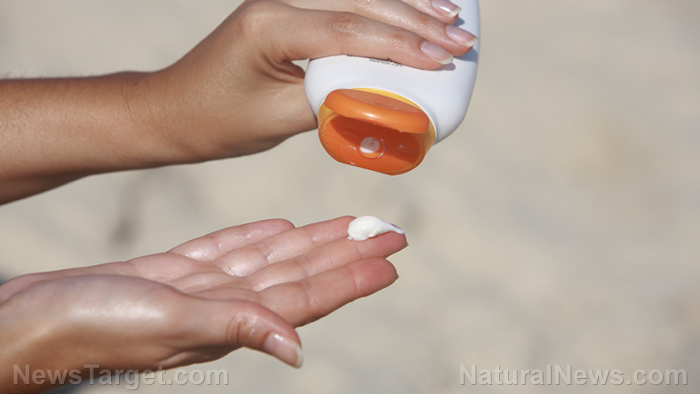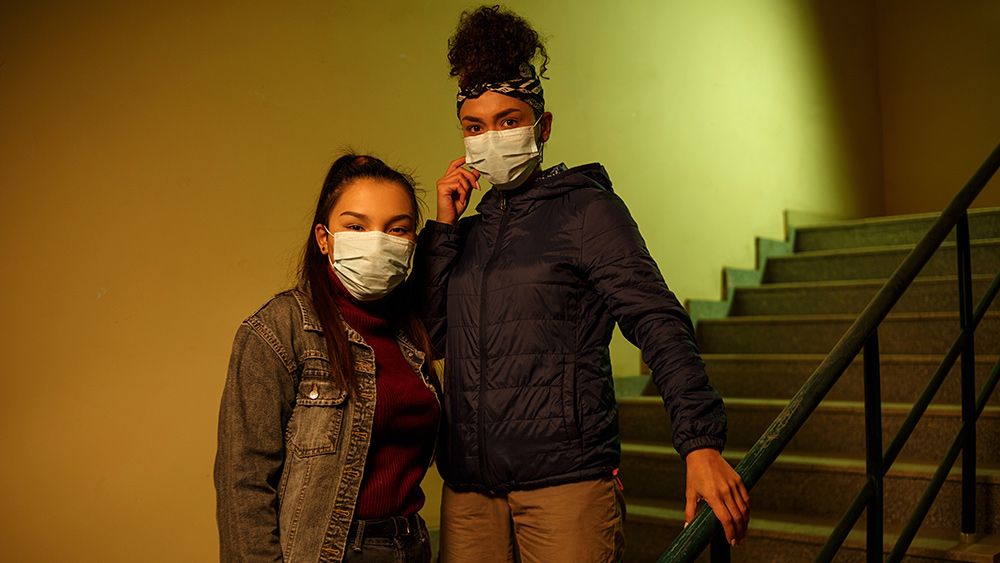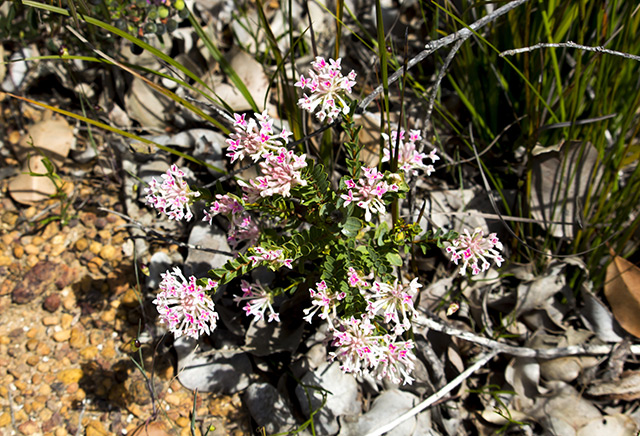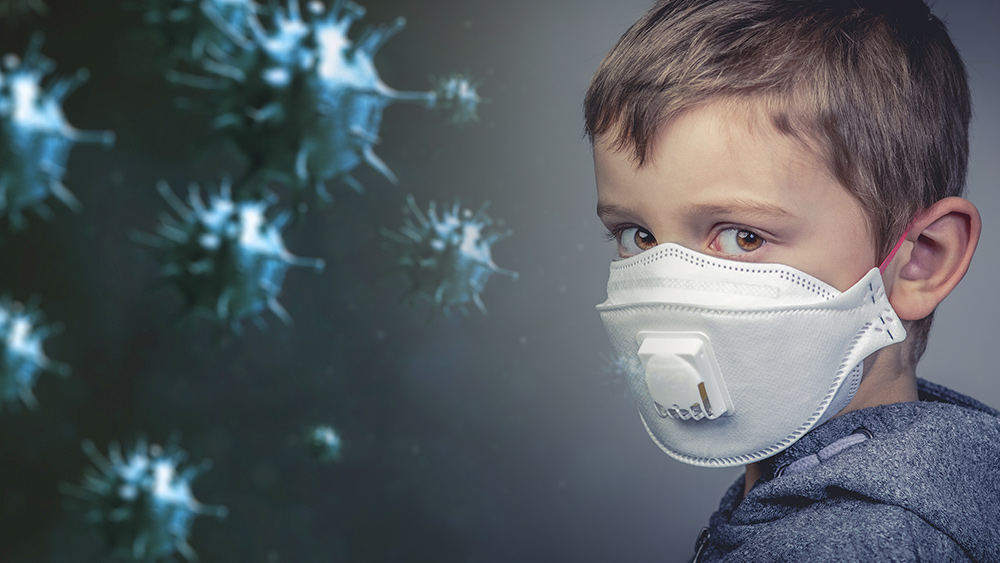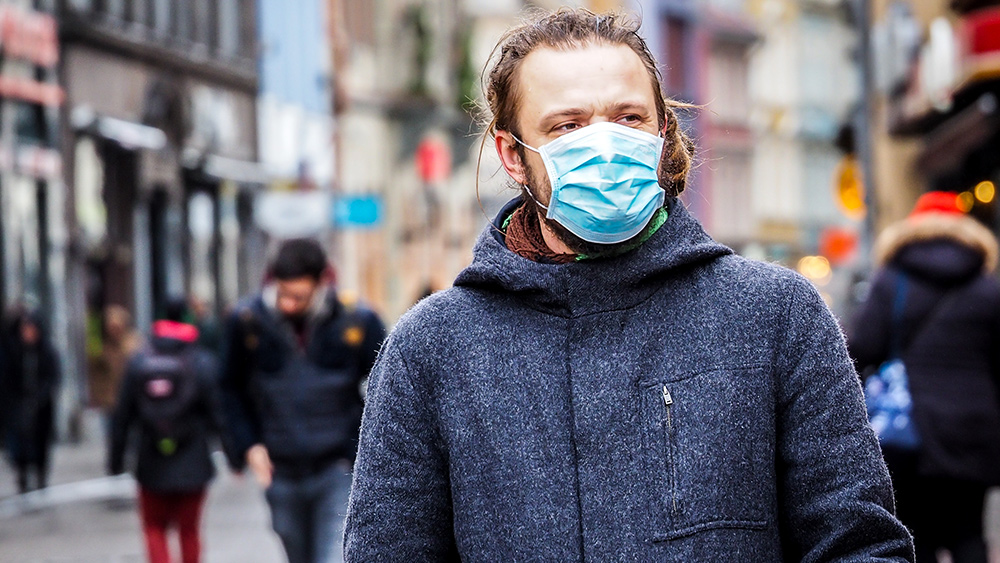Coronavirus spread in the USA is “inevitable,” warns CDC: How to prep for an outbreak
03/12/2020 / By Zoey Sky

In the early days before coronavirus (COVID-19) spread like wildfire throughout the U.S., the Centers for Disease Control and Prevention (CDC) focused on being “cautiously alert” to prevent mass panic. Now, the CDC has changed its tune and has warned that the public must prepare for the “inevitable” spread of the virus. (h/t to ReadyNutrition.com)
This is the moment preppers have been anticipating since they learned about preps and survival skills. Are you ready to face a coronavirus outbreak in your area?
Coronavirus WILL spread throughout the country, but the question is not “if,” but “how” and “when”
Last February 25, the CDC held a media telebriefing to discuss updates on how the institute will respond to the spread of the disease.
Dr. Nancy Messonnier, the director of the CDC’s National Center for Immunization and Respiratory Diseases, said: “Ultimately, we expect we will see community spread in this country. It’s not so much a question of if this will happen anymore but rather more a question of exactly when this will happen and how many people in this country will have severe illness.”
To date, there are no medications approved to treat coronavirus. The CDC emphasized that non-pharmaceutical interventions (NPIs) are the most effective tools that can be used against the virus.
NPIs may vary depending on local conditions. NPIs that contain and mitigate the spread of coronavirus are the best way to delay the emergence of community spread in the country.
At the same time, NPIs can help reduce the “ultimate impact” of the virus. There are three categories of NPIs that can be employed during outbreaks:
- Personal NPIs, which involve personal protective measures the public can use every day, along with personal protective measures that will be imposed during pandemics.
- Community NPIs, which include social distancing measures. This NPI aims to separate infected patients from others so they can recover without spreading the disease. Community NPIs also include school closures and dismissals. (Related: Here’s how Trump can end the coronavirus epidemic in just 30 days… (Hint: You won’t like it, and our republic may not survive))
- Environmental NPIs, which involves surface cleaning measures.
Six warning signs of an outbreak
Below are six warning signs of an outbreak, taken from the book “The Prepper’s Blueprint” by Daisy Luther and Tess Pennington:
- When emergency officials claim to have the situation under control, but more cases continue are reported and confirmed.
- Local and state governments officially declare an emergency.
- Cases are identified at your local hospital or at schools near your general vicinity.
- The public starts panic buying supplies like food and bottled water.
- There are reports of looting and lawlessness in your community.
- The virus has spread to a 50-mile radius near your home or town.
The minute you experience one or several of these warning signs, consider implementing a self-quarantine lockdown to protect yourself and your loved ones.
Bug in supplies you’ll need before SHTF
The small window of time that you have to prep your survival supplies before a full-blown coronavirus outbreak keeps shrinking as the days pass by. Aside from stockpiling, you must make plans for proper home quarantine procedures and avoid unnecessary contact with others.
During a coronavirus outbreak, you should be prepared to bug in at your home for at least one month. Below is a basic starter list based on “The Prepper’s Blueprint.”
Alternative power
Once an outbreak ensues, you might need alternative power for grid-down scenarios.
To survive in an off-grid environment, you might need to invest in alternative means of power and rechargeable batteries, solar battery chargers and generators, along with ample supplies of fuel and a siphon for fuel.
Communication
With police scanners, radios and ham radios, you can monitor the news and keep in touch with the outside world. These items will give you a huge advantage in survival and security.
Food
You’ll need a month’s supply of shelf-stable foods. Stock up on items that don’t require refrigeration, so your supplies don’t go to waste if the power goes out.
Prep food supplies that will keep you full and provide your family with the necessary nutrients and energy needs. Each meal should have at least 1,200 calories.
Water
Have one gallon of water per person for 30 days. Besides short-term water supply, you’ll need tools to treat water like a portable filtration system or chemical treatment tablets.
Include portable filtration systems for your bug-out bags (BOBs).
Health
Prepare essential pandemic supplies, such as:
- Disposable gowns
- Eye protection
- Gloves
- Health-boosting vitamins and supplements
- Immune-boosting teas and herbal remedies
- Medicines for respiratory illnesses
- NIOSH-certified disposable N95 respirators
Sanitation
During a pandemic, trash pickups and other services might be postponed or canceled. Plan for proper trash disposal and save graywater that you can use for flushing toilets.
Neglecting sanitary conditions can cause an increase in infectious diseases like cholera, diphtheria and typhoid fever. Take proper precautions and stock up on sanitary items to prevent the spread of these conditions.
If there are babies, elderly or women in your group, stock up on essential products for them.
Security
Last and most important, secure your stockpile and fortify your home. Stock up on ammo for your preferred self-defense weapons and be ready to protect your loved ones from attackers.
Set up preps ASAP, so you’re ready for a coronavirus outbreak when SHTF.
Sources include:
Tagged Under: 2019-nCoV, bugging in, CDC, China, Collapse, contagious disease, coronavirus, covid-19, disaster, Diseases, emergency preparedness, food supply, infections, infections disease, non-pharmaceutical interventions, novel coronavirus, NPIs, outbreak, pandemic, preparedness, prepping tips, self-reliance, self-sustainability, SHTF, social distancing, survival supplies, Survival Tips, virus, Wuhan coronavirus

